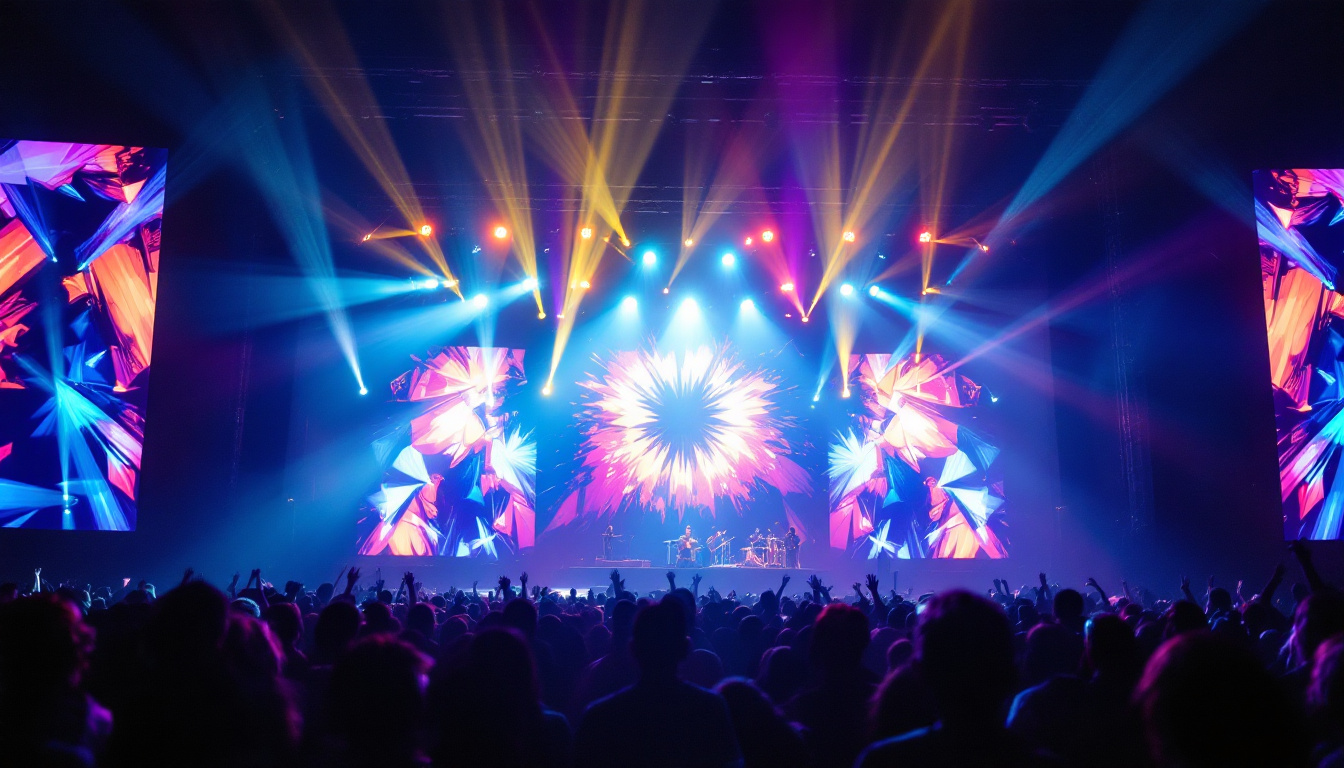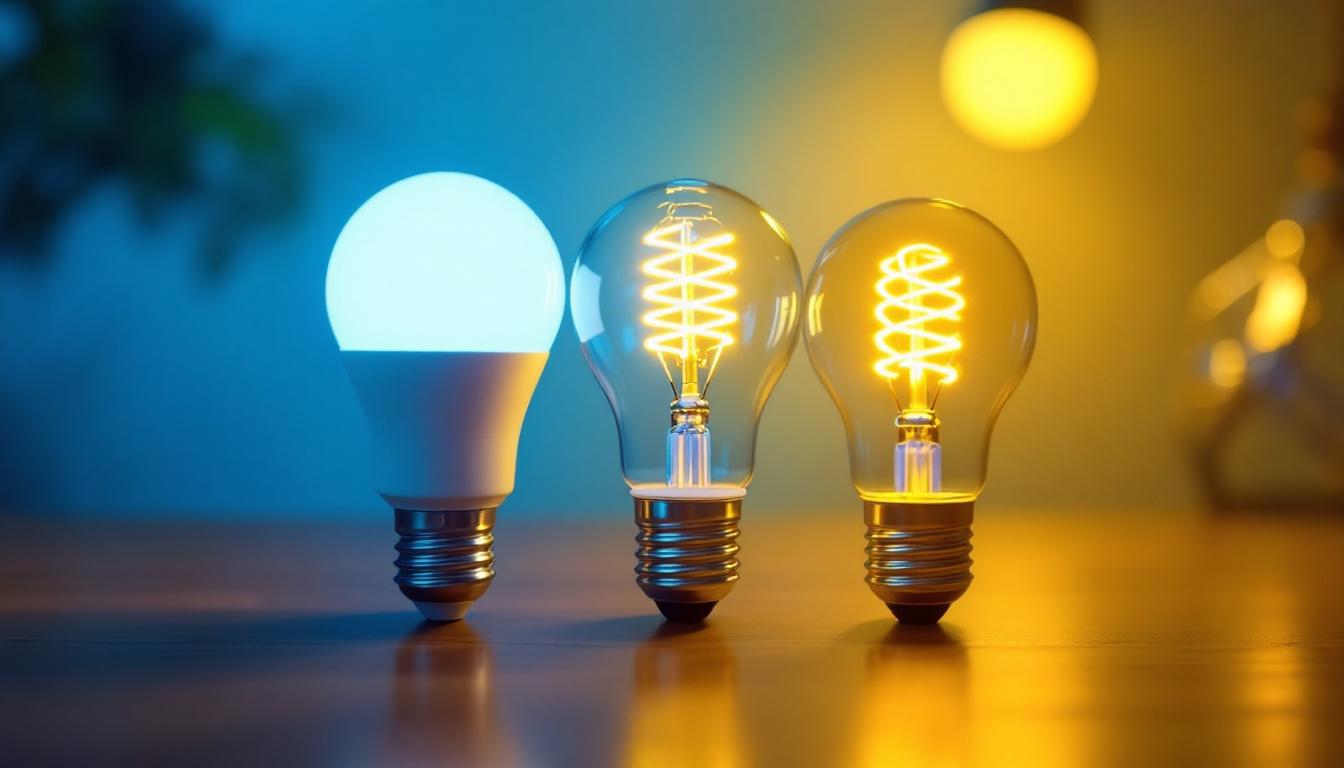
Lighting plays a pivotal role in the atmosphere and overall experience of a concert. For lighting contractors, understanding the nuances of concert light fixtures is essential for creating memorable events. This article delves into the various aspects of concert lighting, from types of fixtures to installation techniques, ensuring that lighting professionals are well-equipped to deliver exceptional results.
Concert lighting is not merely about illumination; it is an art form that enhances the performance and captivates the audience. The right lighting can evoke emotions, highlight key moments, and create a dynamic visual experience. A thorough understanding of the various elements involved in concert lighting is crucial for any lighting contractor.
Lighting serves multiple purposes during a concert. Primarily, it ensures that performers are visible to the audience. However, it also contributes to the overall aesthetic, setting the mood and enhancing the narrative of the performance. Different colors, intensities, and patterns can evoke a range of emotions, making the audience feel more connected to the music.
Moreover, effective lighting can guide the audience’s focus. By highlighting specific performers or elements on stage, lighting helps to direct attention where it is most needed. This can be particularly important during complex performances where multiple elements vie for the audience’s attention. For instance, during a dramatic solo, a spotlight can isolate the performer, creating an intimate atmosphere that draws the audience in, while the rest of the stage remains dimly lit to emphasize the moment’s significance.
There are various types of light fixtures used in concert settings, each serving a unique purpose. Understanding these fixtures is vital for selecting the right equipment for a specific event.
In addition to these common fixtures, there are also specialized lights such as strobe lights and fog machines that can further enhance the visual experience. Strobe lights provide quick bursts of illumination that can create a sense of urgency or excitement, often used during climactic moments in a performance. Fog machines, on the other hand, add an atmospheric layer to the lighting, allowing beams of light to become more pronounced and creating a dreamlike quality that can transport the audience into the world of the performance. Together, these elements combine to create a rich tapestry of light that complements the music and elevates the overall concert experience.
Selecting the appropriate fixtures for a concert involves considering several factors, including the venue, the type of performance, and the desired visual impact. Each factor plays a critical role in ensuring that the lighting enhances the overall experience.
The venue’s size, shape, and existing infrastructure significantly influence fixture selection. Larger venues may require more powerful fixtures to ensure adequate coverage, while smaller venues might benefit from compact, versatile options. Additionally, the layout of the stage and audience can dictate how fixtures are positioned and aimed.
It’s essential to assess the venue’s power supply and rigging capabilities as well. Some fixtures require specific power ratings or mounting options, which can affect the overall lighting design. Understanding these constraints can help in making informed decisions about which fixtures to use.
The type of performance also dictates the choice of lighting fixtures. For instance, a rock concert may benefit from intense, dynamic lighting that includes strobe effects and vibrant colors, while a classical music performance might require softer, more subtle lighting to create an elegant atmosphere.
Additionally, the performers themselves may have preferences or requirements regarding lighting. Understanding these needs can help in tailoring the lighting design to enhance their performance and ensure they are comfortable on stage.
Once the fixtures have been selected, the next step is installation and setup. This phase is crucial for ensuring that the lighting performs as intended during the concert. Proper installation not only enhances the visual impact but also ensures safety for both the crew and the audience.
Rigging involves securely mounting light fixtures in appropriate locations. This can include overhead trusses, side rails, or even ground-mounted options, depending on the venue layout. It is vital to follow best practices for rigging to ensure that fixtures are stable and safe throughout the performance.
Using the right hardware, such as safety cables and clamps, is essential for preventing accidents. Regular inspections of the rigging setup can help identify potential issues before they become problematic during the event.
Once the fixtures are installed, programming the lighting cues is the next step. This involves creating a lighting plot that outlines how different fixtures will be used throughout the performance. Programming can include changes in color, intensity, and movement, all synchronized with the music.
Testing the setup is equally important. Conducting a thorough run-through allows lighting contractors to make adjustments and ensure that everything functions as intended. This phase is crucial for identifying any potential issues that could detract from the performance.
For those looking to elevate their concert lighting beyond the basics, several advanced techniques can be employed. These techniques can create stunning visual effects that leave a lasting impression on the audience.
Gobos are templates placed in front of a light source to project patterns or images onto surfaces. This technique can add depth and texture to the stage, enhancing the overall visual experience. For example, projecting abstract patterns or thematic imagery can complement the music and performance style.
Choosing the right gobos and positioning them effectively can transform a simple stage into a captivating visual landscape. This technique is particularly effective in creating ambiance and enhancing the narrative of the performance.
Color mixing allows for the creation of a broad spectrum of colors using various light sources. By combining different colored lights, lighting contractors can achieve unique hues that resonate with the music and mood of the performance.
Utilizing color theory can enhance the emotional impact of the lighting. For instance, warm colors can evoke feelings of excitement, while cooler colors may create a more serene atmosphere. Understanding how colors interact can lead to more effective lighting designs.
Safety is paramount in concert lighting. Ensuring that all equipment is properly installed and maintained is crucial for preventing accidents. Lighting contractors must adhere to safety regulations and best practices throughout the setup and performance phases.
All lighting fixtures must be connected to a reliable power source, and it is essential to use appropriate cables and connectors. Regularly inspecting electrical components can help identify potential hazards before they become serious issues.
Additionally, understanding load capacities and ensuring that circuits are not overloaded is vital for preventing electrical failures during a performance. Proper training in electrical safety for all crew members can further enhance safety on-site.
Concert lighting involves the use of high-intensity fixtures, which can generate significant heat. Ensuring that fixtures are adequately ventilated and positioned away from flammable materials is essential for fire safety. Regular monitoring of equipment during the performance can help prevent overheating and potential fire hazards.
The world of concert lighting is constantly evolving, with new technologies and trends emerging regularly. Staying informed about these developments can help lighting contractors remain competitive and deliver cutting-edge designs.
Modern concert lighting increasingly incorporates advanced technologies, such as automated lighting systems and software-controlled setups. These technologies allow for greater precision and flexibility in lighting design, enabling contractors to create intricate light shows that can be easily adjusted on the fly.
Additionally, integrating lighting with other production elements, such as video and sound, can create a more cohesive experience for the audience. This trend emphasizes the importance of collaboration among different technical teams to achieve a unified vision for the performance.
As environmental concerns grow, many lighting contractors are exploring sustainable practices in concert lighting. This includes using energy-efficient fixtures, such as LEDs, and implementing practices that reduce waste and energy consumption.
By prioritizing sustainability, lighting contractors can not only reduce their environmental impact but also appeal to audiences who value eco-friendly practices. This trend is becoming increasingly important in the industry as more events seek to minimize their carbon footprint.
Concert lighting is a complex yet rewarding field that requires a deep understanding of various fixtures, techniques, and safety considerations. For lighting contractors, mastering these elements is essential for creating unforgettable experiences that resonate with audiences. By staying informed about the latest trends and technologies, lighting professionals can continue to push the boundaries of what is possible in concert lighting.
Ultimately, the goal of concert lighting is to enhance the performance and create a memorable atmosphere that captivates the audience. With the right knowledge and skills, lighting contractors can achieve this goal and elevate the art of concert lighting to new heights.
Ready to take your concert lighting to the next level? At LumenWholesale, we provide lighting contractors with the high-quality, spec-grade lighting products you need to create those unforgettable experiences. With our unbeatable wholesale prices and commitment to cutting out the middleman, you’re guaranteed superior lighting products without the inflated markups. Our wide selection adheres to the highest industry standards, ensuring reliable and high-performance lighting for any project. Plus, with free shipping on bulk orders, you can secure premium lighting at the best value — without any hidden fees or compromises. Elevate your concert lighting artistry with the perfect blend of quality, affordability, and convenience at LumenWholesale.

Discover the growing importance of changing fluorescent to LED lighting, unlocking energy savings of up to 75%, enhanced durability, and eco-friendly benefits—transform your space today!.

Discover expert tips and innovative ideas for lighting contractors to enhance spaces with beautiful ceiling fans.

Discover the essential facts about 8ft LED strip lights that every lighting contractor needs to know.

Explore the most frequently asked questions by lighting contractors in “Street Light Light.” This insightful article delves into industry challenges, solutions, and expert tips for effective street lighting projects.